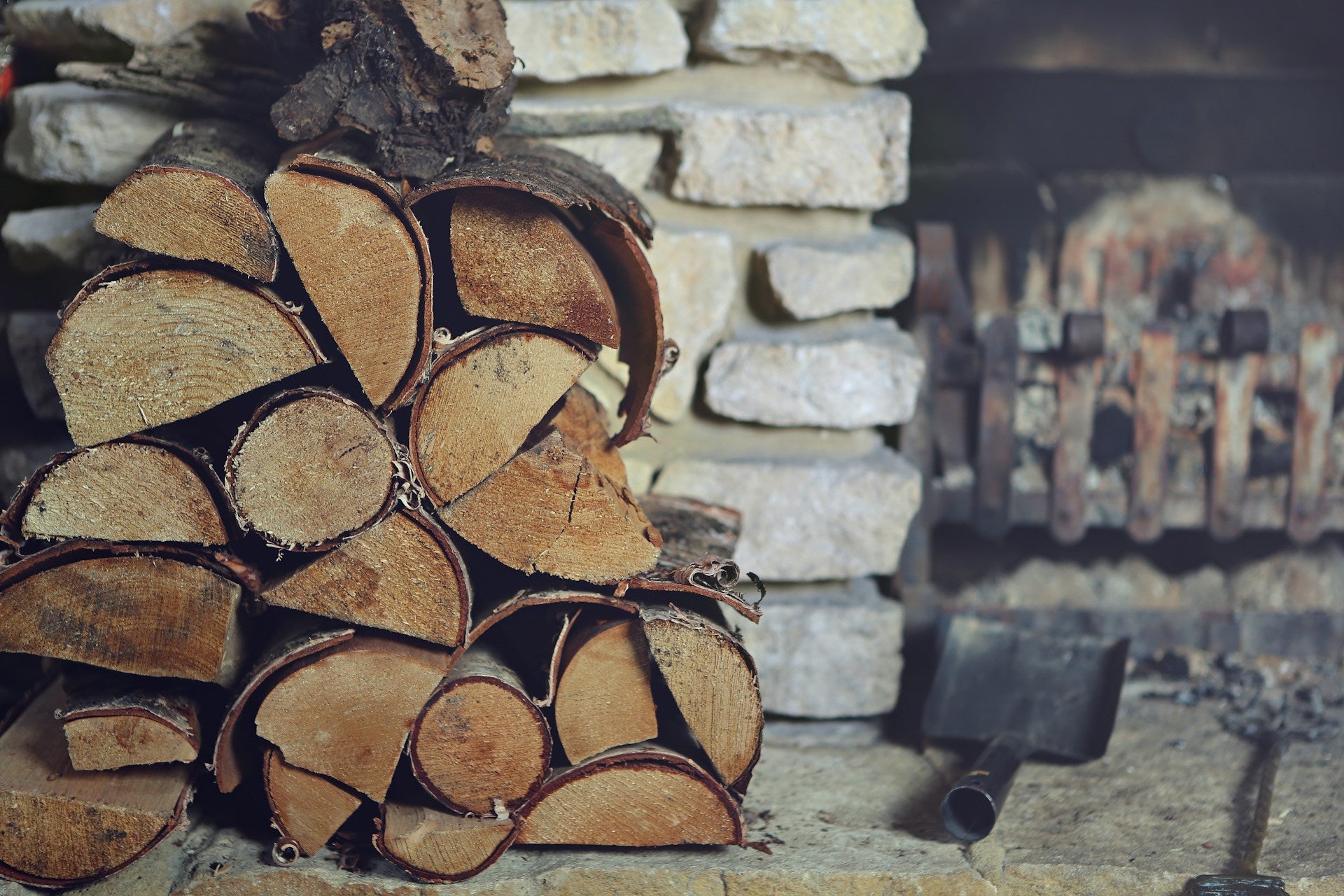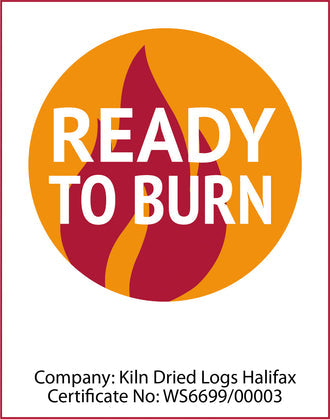
Conservatory Log Burner Installation: Everything You Need to Know
Many homeowners wonder can you put a log burner in a conservatory to extend the usability of this beautiful space throughout colder months. A conservatory log burner installation can transform your glass extension into a cozy year-round retreat, but this project requires careful consideration of safety regulations, structural requirements, and professional installation standards.
The appeal of adding a log burner to a conservatory is undeniable. These glass-walled spaces often become unusable during winter months due to poor insulation and temperature control. A properly installed log burner can provide efficient heating while creating an atmospheric focal point that enhances both comfort and ambiance.
However, conservatory log burner installation involves complex technical considerations that go far beyond simply placing a stove in the room. From building regulations compliance to structural modifications, ventilation requirements to safety clearances, every aspect must be carefully planned and professionally executed.

Understanding Conservatory Log Burner Installation Requirements
Installing a log burner in a conservatory presents unique challenges compared to traditional room installations. Conservatories typically feature lightweight construction with extensive glazing, which creates specific structural and safety considerations that must be addressed before any installation begins.
The fundamental question of whether you can install a log burner in your conservatory depends on several critical factors. Building regulations typically require adequate ventilation, proper flue installation, appropriate floor protection, and sufficient clearances from combustible materials. These requirements become more complex in conservatory environments due to the prevalence of glass, plastic components, and often lightweight structural elements.
Professional assessment is essential because conservatory construction varies significantly between properties. Some conservatories feature solid brick or block walls suitable for flue installation, while others rely entirely on glazed panels and lightweight frames. The age, design, and construction methods of your conservatory will directly impact installation feasibility and requirements.
Additionally, planning permission considerations may apply depending on your location and the extent of modifications required. Some installations may fall under permitted development rights, while others require formal planning applications, particularly if external flue installation affects the building's appearance or if the conservatory is attached to a listed building.

Key Considerations for Log Burners in Conservatories
Several critical factors determine the success and safety of a conservatory log burner installation. Understanding these considerations helps homeowners make informed decisions and ensures compliance with relevant safety standards and building regulations.
Structural integrity represents the primary concern for any conservatory log burner project. Many conservatories feature lightweight foundations and floor constructions that may require reinforcement to support the weight of a log burner, flue system, and associated safety equipment. Professional structural assessment is typically necessary to determine whether existing foundations can accommodate the additional load or require strengthening.
Ventilation requirements become particularly important in conservatory installations due to the enclosed nature of these spaces and their often limited natural airflow. Adequate ventilation ensures proper combustion, prevents dangerous gas accumulation, and maintains air quality. The extensive glazing typical of conservatories can create unique airflow patterns that must be considered during planning.
Heat management also presents unique challenges in conservatory environments. While the goal is to heat the space effectively, conservatories' glass construction can create intense heat buildup that may damage sensitive materials or create uncomfortable conditions. Proper sizing and positioning of the log burner, along with consideration of heat distribution patterns, becomes crucial for optimal performance.
Access for maintenance and chimney sweeping must be planned from the outset. Conservatory installations may present unusual access challenges for routine maintenance, cleaning, and inspection activities that are essential for safe operation throughout the log burner's lifespan.
Can You Have a Log Burner in a Conservatory with Different Roof Types?
The feasibility of can you have a log burner in a conservatory depends significantly on the roof construction and materials used in your specific conservatory design. Different roof types present varying challenges and opportunities for safe log burner installation.
Glass roofs, while providing excellent light transmission, create specific considerations for log burner installation. The thermal expansion characteristics of glass, combined with the heat output from the log burner, require careful planning to prevent thermal stress and potential damage. Adequate clearances and heat shielding may be necessary to protect glass roof panels from excessive temperature exposure.
Polycarbonate roofs are common in many conservatories and present their own installation considerations. These plastic roof materials have lower heat resistance compared to glass, requiring greater attention to heat dispersion and protection. Professional assessment is essential to determine safe operating parameters and any necessary protective measures.
Solid roof conservatories, which have become increasingly popular, often provide more straightforward installation opportunities. These roofs typically offer better structural support for flue installation and reduced concerns about heat-sensitive materials. However, proper flue routing and weatherproofing remain critical considerations regardless of roof type.
Tiled conservatory roofs may provide the most conventional installation environment, similar to traditional room installations. However, the junction between the conservatory structure and the main building requires careful attention to ensure proper integration and weather protection.

Log Burner in Conservatory Plastic Roof Considerations
Installing a log burner in conservatory plastic roof environments requires specialized attention to material compatibility and thermal protection. Plastic roofing materials, including polycarbonate panels, have specific temperature tolerances that must be respected to ensure safe and long-term operation.
Polycarbonate and other plastic roofing materials typically have lower melting points and thermal resistance compared to glass or traditional roofing materials. This characteristic necessitates greater attention to heat distribution, adequate clearances, and potential heat shielding to prevent material degradation or damage.
Heat dispersion becomes particularly critical in plastic roof conservatories. The log burner's heat output must be carefully managed to prevent localized overheating that could damage roof panels or structural components. This may require specific installation techniques, heat shields, or modified flue arrangements to ensure safe operation.
Professional assessment is especially important for plastic roof installations because standard clearance requirements may not be sufficient for these materials. Specialized installation techniques or additional protective measures may be necessary to meet safety standards while preserving the integrity of plastic roofing components.
Long-term considerations include potential thermal cycling effects on plastic materials, UV degradation interactions with heat exposure, and maintenance access requirements that don't compromise the roof structure. These factors must be evaluated during the planning phase to ensure reliable long-term performance.
Safety and Regulatory Requirements
Safety regulations and building standards form the foundation of any successful conservatory log burner installation. These requirements exist to protect occupants, property, and surrounding structures from fire hazards, carbon monoxide poisoning, and other safety risks associated with solid fuel heating appliances.
Building regulations compliance typically requires professional consultation and often formal approval before installation begins. These regulations cover numerous aspects including structural adequacy, ventilation requirements, flue installation standards, and safety clearances from combustible materials. Conservatory installations may present unique compliance challenges that require specialized expertise.
Fire safety considerations extend beyond the immediate installation area to include escape routes, smoke detection, and emergency access. Conservatories often serve as transition spaces between indoor and outdoor areas, which may create specific fire safety planning requirements that differ from traditional room installations.
Carbon monoxide detection becomes particularly important in conservatory installations due to potential ventilation challenges and the enclosed nature of these spaces. Proper detection systems, regular maintenance schedules, and emergency procedures should be established as part of the overall safety protocol.
Insurance implications must also be considered, as many home insurance policies have specific requirements for solid fuel heating appliance installations. Failure to comply with insurer requirements or obtain necessary approvals could affect coverage in the event of a claim.
Professional Installation and Consultation
The complexity of conservatory log burner installations makes professional consultation and installation essential for safety, compliance, and optimal performance. Qualified professionals bring specialized knowledge of building regulations, safety requirements, and installation techniques specific to conservatory environments.
HETAS registered installers possess the specialized training and certification necessary for solid fuel appliance installations. These professionals understand the regulatory requirements, safety standards, and best practices essential for compliant installations. Their involvement often satisfies insurance requirements and provides necessary certification for building control compliance.
Structural engineers may be required for conservatory installations to assess foundation adequacy, structural modifications, and load-bearing requirements. Their expertise ensures that the conservatory structure can safely support the additional loads imposed by the log burner and flue system.
Building control consultation helps navigate the regulatory approval process and ensures compliance with local building standards. Early consultation can identify potential issues, streamline the approval process, and prevent costly modifications or delays during installation.
Multi-disciplinary coordination between different professionals ensures comprehensive planning that addresses all technical, regulatory, and safety aspects of the installation. This collaborative approach helps identify potential conflicts or issues before they impact the project timeline or budget.
Choosing the Right Fuel for Your Conservatory Log Burner
Fuel selection plays a crucial role in the performance, safety, and efficiency of conservatory log burner installations. High-quality, properly prepared fuel ensures optimal combustion, reduces emissions, and minimizes maintenance requirements while maximizing heat output.
Kiln-dried hardwood logs represent an excellent fuel choice for conservatory installations. These logs typically feature moisture content below 20%, which ensures efficient combustion with minimal smoke production. The reduced moisture content also means more energy goes toward heat production rather than evaporating water, providing better value and performance.
Premium hardwood varieties such as oak, ash, beech, and birch offer excellent burning characteristics with long burn times and steady heat output. These dense hardwoods provide sustained heating that can effectively warm conservatory spaces while maintaining consistent temperatures throughout extended burning periods.
Softwood options like kiln-dried larch and spruce can provide excellent kindling and quick-starting fires, making them valuable for initial lighting and rapid heat generation. While softwoods typically burn faster than hardwoods, they offer excellent ignition characteristics that can be particularly useful in conservatory environments where quick heating is desired.
Proper storage becomes particularly important for conservatory log burners due to the extended glazing and potential humidity variations in these spaces. Well-seasoned, properly stored fuel maintains optimal burning characteristics and prevents issues related to excessive moisture or contamination that could affect performance or safety.
Conclusion
The question of can you put a log burner in a conservatory has a complex answer that depends on numerous technical, regulatory, and safety factors specific to each installation. While conservatory log burner installation is certainly possible in many cases, it requires careful professional planning, regulatory compliance, and specialized installation techniques to ensure safety and optimal performance.
Success depends on thorough assessment of structural requirements, building regulations compliance, safety considerations, and proper material selection. The unique characteristics of conservatory construction, from glass and plastic roofing materials to lightweight structural elements, create installation challenges that demand professional expertise and specialized solutions.
The investment in proper planning, professional consultation, and quality installation pays dividends in safety, performance, and long-term satisfaction. A well-planned conservatory log burner installation can transform an underutilized space into a cozy year-round retreat while maintaining the safety and regulatory compliance essential for responsible home improvement.
For homeowners considering this enhancement, the path forward involves professional consultation, regulatory research, and careful planning that addresses all technical requirements. With proper execution, a conservatory log burner can provide years of safe, efficient heating while creating the warm, inviting atmosphere that makes these beautiful spaces truly livable throughout the year.
Share
